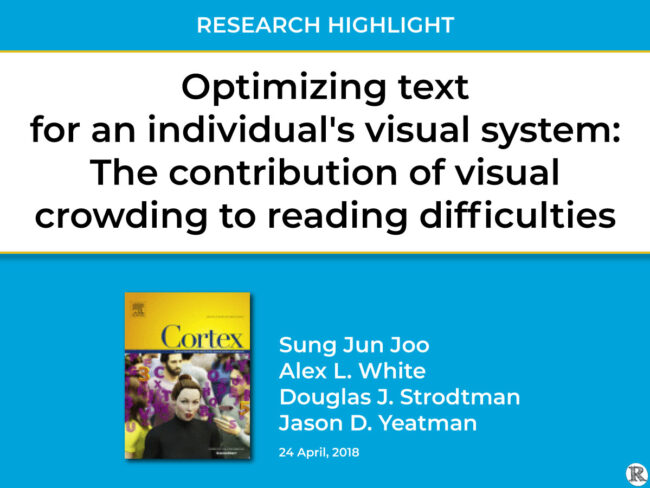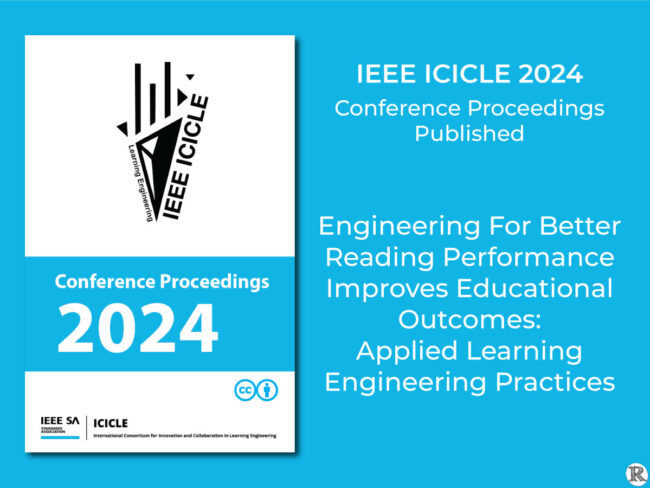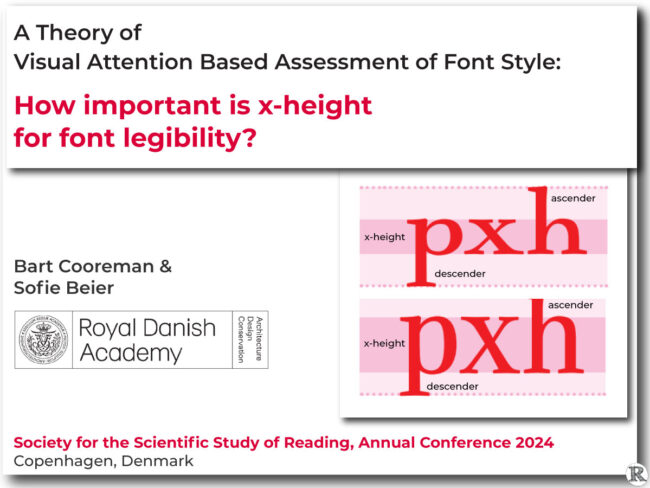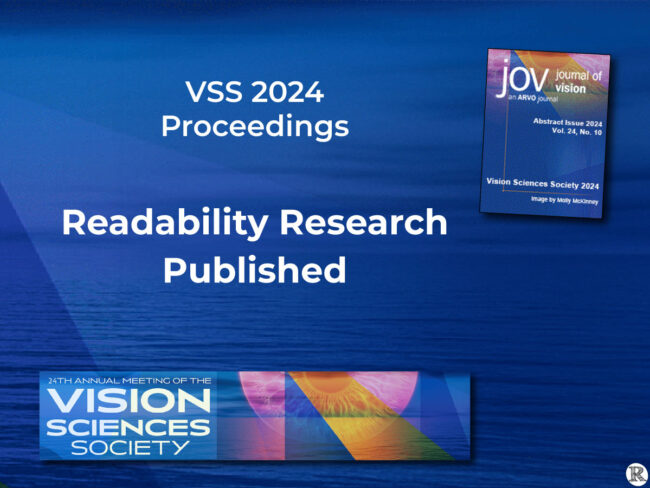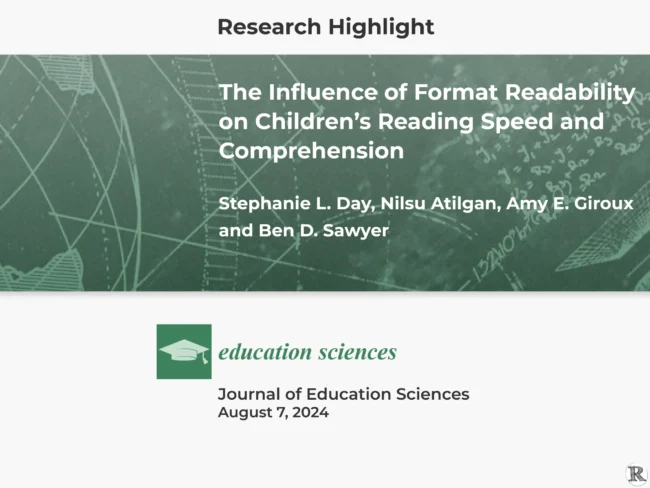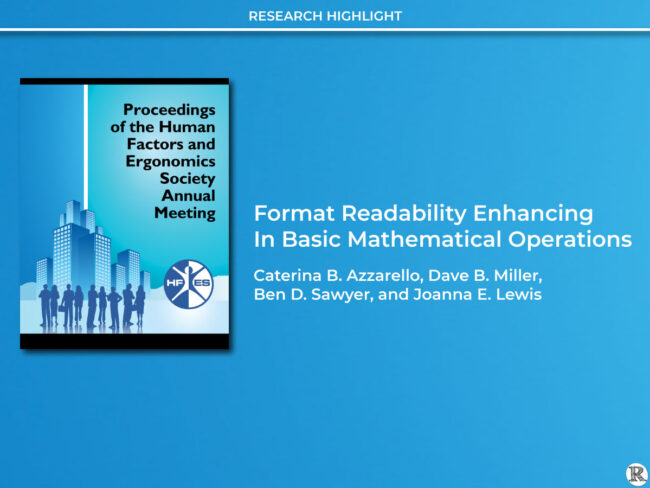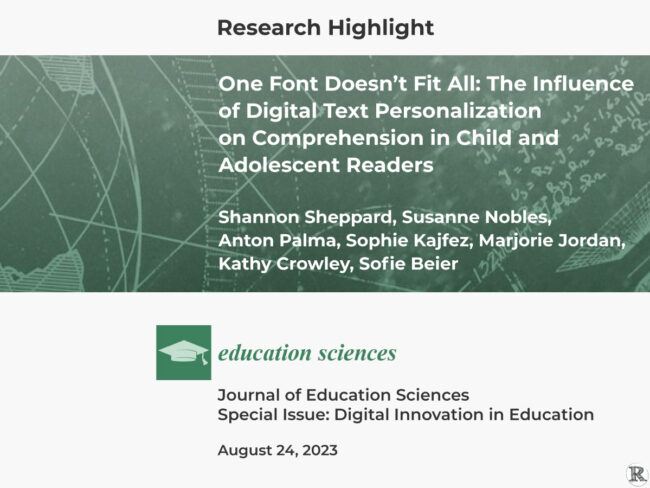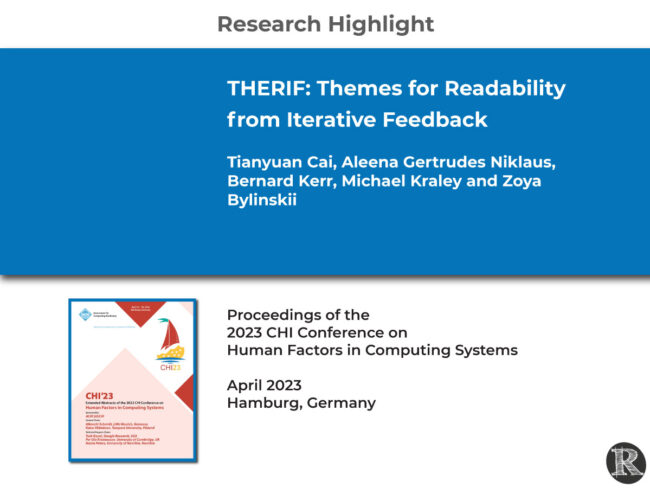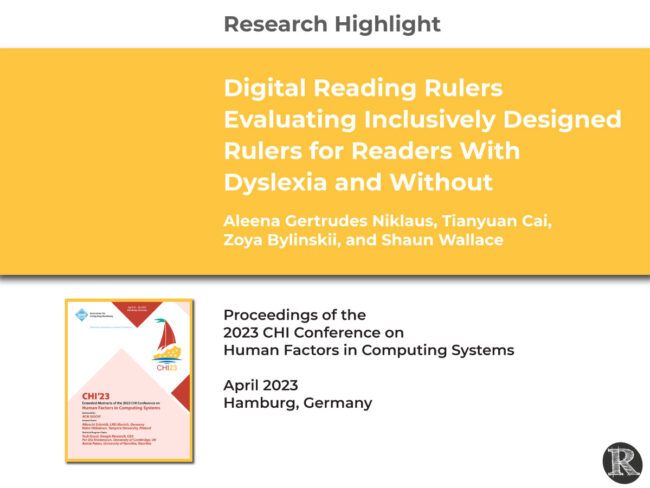The Impact of Visual Crowding on Reading
Increasing Text Spacing Reduces Visual Crowding and Supports Readers Visual crowding refers to the disruption in object recognition that occurs in clutter. In the case of reading, it is the phenomenon where the recognition of a target letter is impaired by the presence of adjacent letters. This effect can make identifying letters in a…

